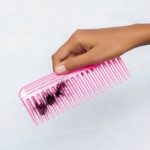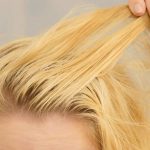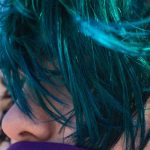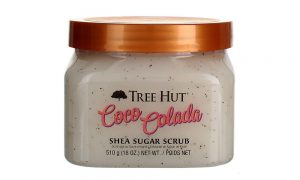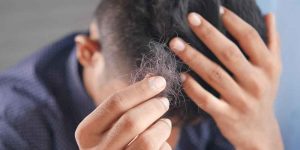
What is Damp Hair? How to Take Care of It?
What is damp hair? How do you tell the difference between wet and damp hair? Continue reading to learn more about how to take care of wet hair.
Damp hair is hair that neither completely dry nor dripping with water. The hair cuticles become partially opened by water, becoming elastic and porous. The hair becomes very brittle and breakable as a result. So, when handling damp hair, be gentle.
Table of Contents
What is Damp Hair?
Hair absorbs water completely when it is wet. However, damp hair usually appears after you exit the shower and carefully remove the water from your hair by towel drying it. When your hair is no longer dripping but still very obviously not dry, it is damp.
Be careful not to mix up wet and damp hair. Scroll down if you’re curious about their differences.
How to Differentiate Between Damp and Wet Hair?
Compared to wet hair, damp hair has a different moisture content. Totally saturated and dripping with water, wet hair is a mess. But damp hair is between 70% and 80% dry. Even though it doesn’t drip water, touching it will make you aware of the moisture present in your hair.
Sleeping with damp hair or keeping it damp for extended periods of time can expose your scalp to infections.
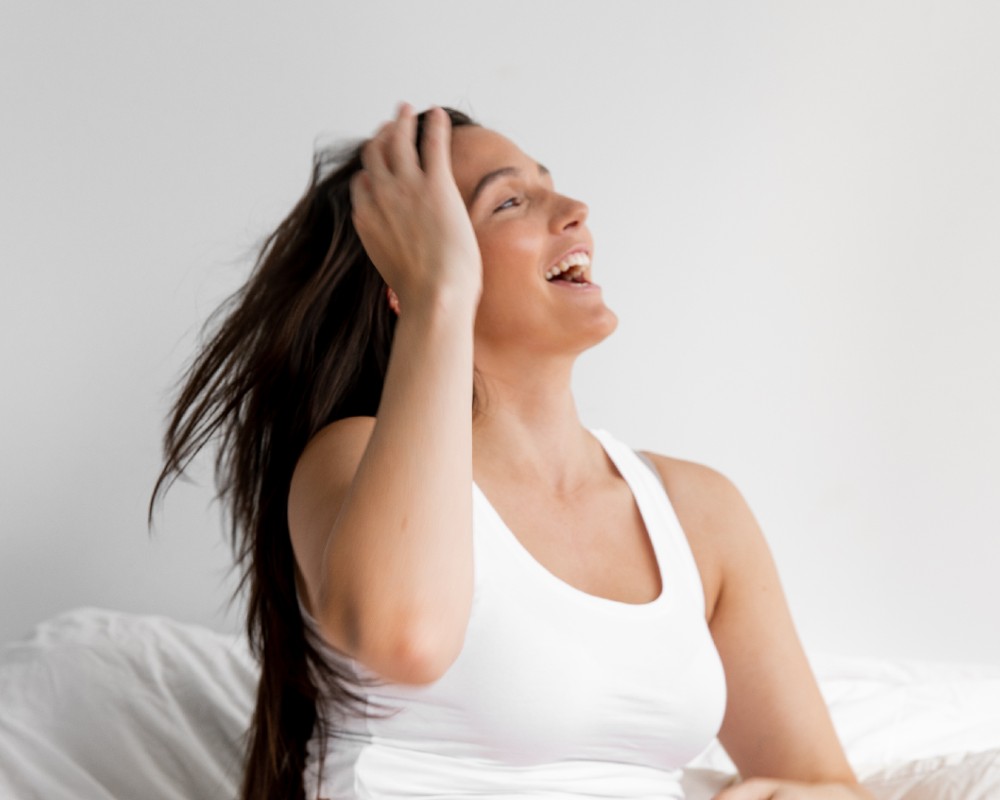
How Can I Take Care of Damp Hair?
Do Not Use Heat Styling Tools on Damp Hair
According to a study, bubble hair results when excessive heat is applied to damp hair. The condition known as “bubble hair” is one in which the innermost layer of your hair becomes overheated and develops tiny bubble-like cavities in the strands. Your hair becomes fragile and more vulnerable to damage as a result.
Do Not Brush Damp Hair
It is never acceptable to brush your damp hair. Use a wide-toothed comb, though, if you need to make it easier to manage. Starting at the ends and working your way up, gently comb your hair. Small strokes will help you untangle your strands without causing unnecessary damage or knots to appear.
Use a Detangling Hair Product
Picking a leave-in conditioner may help your hair become softer and simpler to manage. Your hair will be helped to regain its vitality and shine, and a good leave-in conditioner will make it simpler to style damp hair.
Do Not Tie Your Damp Hair
The fragility and damage risk of damp hair increases. Additionally, damp hair may foster a favorable environment for microbial development. So make sure to let your hair completely dry before tying it up.
Moisturize, Moisturize, Moisturize
It’s good for your hair. Better product absorption can be achieved by applying your moisturizing products to damp hair.
We frequently end up concentrating only on the scalp and ignoring the ends of our hair. Use this hydrating mist to keep the ends from becoming dry and brittle. Spray this tonic all over your damp hair, from the roots to the ends, massaging it in for a few minutes.
What Happens to Your Scalp Health When You Have Damp Hair?
The moisture in damp hair creates an ideal environment for the growth of microbes, making your scalp vulnerable to fungal infections. Itching, irritation, a dry and smelly scalp, and other problems can result from keeping damp hair pinned up or tied in braids, buns, ponytails, and dreadlocks.
Can I Sleep With Damp Hair?
You shouldn’t go to bed with damp hair, is the simple reply to this question. But not because “you’ll catch a cold”, as you’ve probably been told over the years by your overprotective parents. The risk of developing a fungus infection is the main justification for not wearing dry hair to bed. Dandruff, hair loss, and other issues with the hair can be brought on by fungus infections. According to a study, synthetic pillowcases contain, on average, ten fungi species, the most common ones being Aspergillus fumigatus, Aureobasidium pullulans, and The mucilaginous Rhodotorula. This can grow too large in wet environments.
Second, because your hair is so delicate, tossing and turning in bed causes more hair breakage.
If you must go to bed with damp hair, make sure to use a silk pillowcase and leave your hair untied. Since a silk pillowcase does not create much friction, hair damage is less likely to occur.
However, it’s best to wash your hair a few hours before bedtime so that it can air dry completely before you go to sleep.
How Do You Sleep With Damp Hair?
- Dry Your Hair: Gently squeeze out extra moisture from your hair using a microfiber towel. Don’t rub your hair with the towel too hard, let it air dry. If you can, quickly dry it as much as you can using a blow dryer on a cool setting.
- Switch To Silk Pillowcases: Silk pillowcases are non-absorbent and aid in regulating moisture levels. They minimize friction to prevent breakage and are kind to wet hair. Additionally, they possess antibacterial qualities. The pillowcases should be washed frequently, though.
- Avoid oiling your hair:It is not advisable to oil hair that is damp or wet. Instead, you can oil your hair when it is dry, before washing it.
- Use Coconut Oil: Coconut oil moisturizes hair and guards against breakage. To keep your hair healthy, apply it all the way down. Never oil your scalp.
- Use A Conditioner: To flatten your hair cuticles and avoid friction, frizz, knots, and hair breakage, hair conditioners coat your hair strands with conditioning agents. Use a conditioner frequently if your hair has undergone chemical processing (bleached or dyed).
You must exercise extra caution if you intend to bleach or color your hair because damp hair is brittle.
Key Takeaways
- Damp hair is brittle and more likely to break.
- Mold, dandruff, eczema, and other conditions may result from sleeping with damp hair.
- While damp hair can be bleached, doing so may dilute the bleach and reduce its effectiveness.
FAQs
Can Damp Hair Cause Hair Loss?
Actually, damp hair is beneficial because it moisturizes the hair and scalp. Some people mist their hair every day to keep it moisturized.
Can I Apply Oil on Damp Hair?
Yes, you can use natural oil on your hair in place of a leave-in conditioner. It will dry without being greasy and leave you with a nice sheen if you only use a few drops.
Can Damp Hair Be Bleached?
Yes, but processing time may take longer and your hair may not lift as much.
Can Hair Be Damp When Coloring?
The color that results will be more subdued, though.
Can Damp Hair Be Straightened?
No, as a result of this, the water in the hair begins to boil and create bubbles, which seriously harm the hair by causing fissures.
Read about


